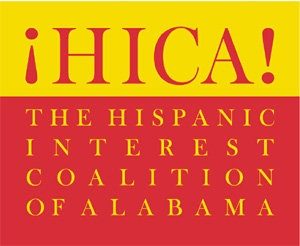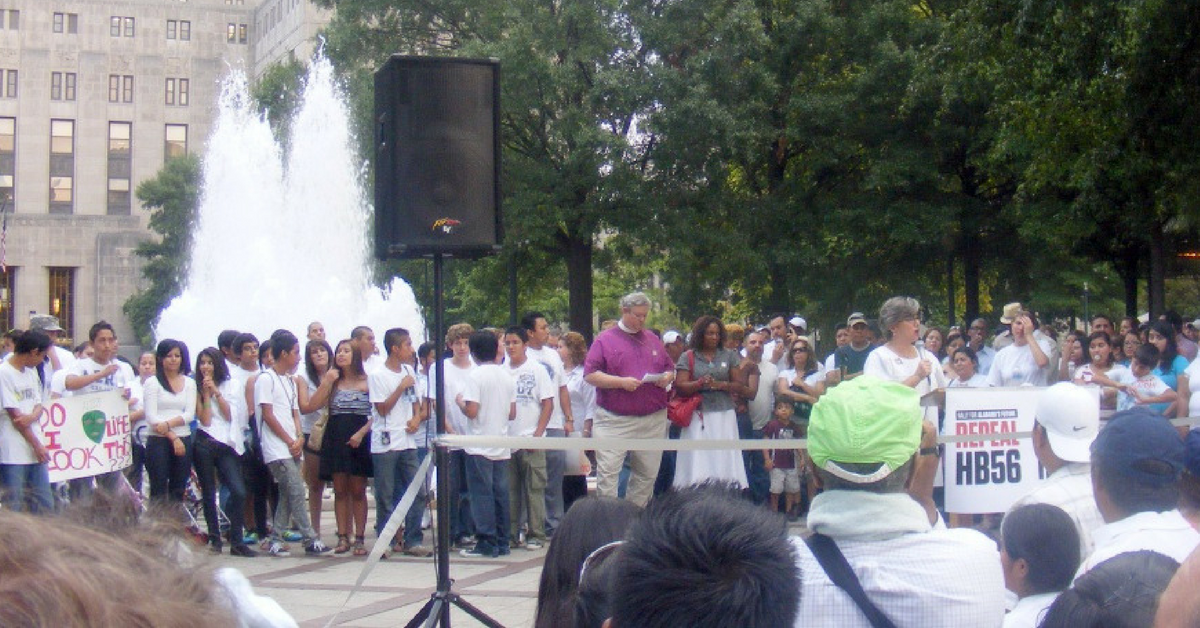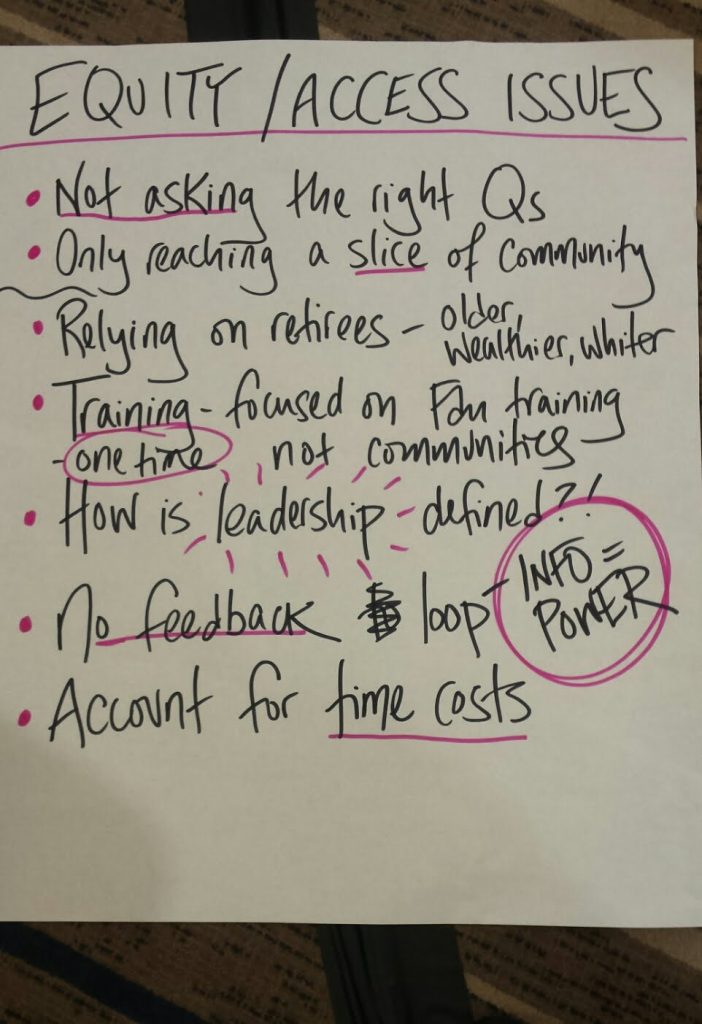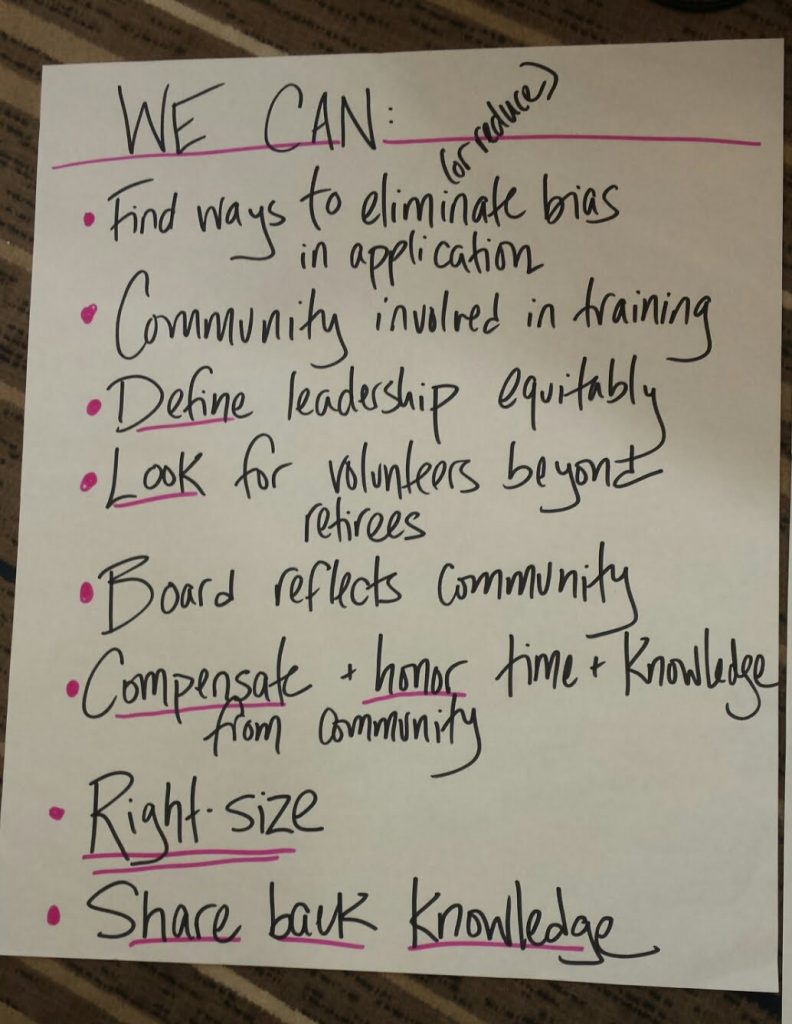Editor’s note: This post is part of an ongoing series of posts featuring NCRP nonprofit members.
 National funders who care about civic engagement in the South need to increasingly focus on power-building in communities of color. The Hispanic Interest Coalition of Alabama (¡HICA!) is a great place to start.
National funders who care about civic engagement in the South need to increasingly focus on power-building in communities of color. The Hispanic Interest Coalition of Alabama (¡HICA!) is a great place to start.
This Birmingham-based organization has spent the last 19 years steadily building power in the state’s Latinx community through a comprehensive community engagement and education program. This includes essentials like voter registration or regular “Know Your Rights & Responsibilities” workshops for the Latinx community to foster civic education.
Community members who show a particular knack for leadership are encouraged to join the Amigos program, where they’re taught how to converse with elected officials and hold community meetings, among other skills.
There’s certainly no shortage of opportunities for practice. Alabama’s 2011 HB 56 law was one of the harshest anti-immigrant pieces of legislation in the country, and though many of its most pernicious elements were struck down in court – thanks to the federal case HICA v. Bentley – others remain on the books.
Taking cues from the White House, Alabama law enforcement has in some places revived dormant policies encouraging them to verify an individual’s immigration status during stops or arrests. ¡HICA! was the lead plaintiff on the initial case to fight HB 56, and it’s in the fray to counter it once again. It pushed Birmingham to become a “welcoming city” regardless of immigration status, and it continues to educate local elected officials on the needs of its constituency.
As Alabama’s largest organization that provides legal immigration assistance without an attorney, ¡HICA! plays a vital role in the first steps of an individual’s entry into American society. The organization takes on DACA applications for eligible youth and humanitarian visa applications for victims of abuse and other crimes so they can transition to Lawful Permanent Resident status, in addition to helping Lawful Permanent Residents become U.S. citizens.
To fully integrate immigrants into civic matters, ¡HICA! helps with the naturalization process too. All told, ¡HICA! assisted last year with 171 DACA renewals and 15 humanitarian visas, and shepherded 16 new Americans through the citizenship process. These are prospective organizers, marchers and voters who have taken varying steps toward greater participation in American society.
¡HICA! wants to ensure the Latinx community in Alabama not only survives, but thrives. Therefore, it also helps small business owners flourish through increased access to capital, something it assisted 10 businesses with in the last year. Everything from hair salons to bakeries to ornamental ironwork to construction companies have sprung from ¡HICA!’s relationships with the community and their ability to advocate with governmental offices.
The community is building power through home and land ownership – and doing so collectively.
¡HICA!’s other activities include:
- Convening business owners to learn about and discuss topics like social media marketing and accounting.
- Providing services like women’s leadership programs to cultivate community advocates around healthy relationships and domestic violence, and college readiness workshops for families sending their first generation of children to school.
- Its Growing Communities Program, which interfaces with the broader Birmingham and Alabama communities about who Latinxs are, demonstrating how they’re not one monolithic culture.
- The day in, day out work of teaching the Alabama Latinx community how the system works and how its members can be a part of change.
The Latinx community comprises a small percentage of the state’s population, and voter turnout among the group has been lackluster. However, as more and more learn the strength of their own voices and actions, this could change. After all, Latinx people have repeatedly pushed forward in spite of dedicated, wanton efforts to exclude them.
Every year in Alabama, 4,000 immigrants become eligible for citizenship, but ¡HICA! doesn’t have the resources to assist them in moving through the process or to engage in the legal work of doing so. What if they did? 4,000 new citizens each year will not have an immediately noticeable impact statewide, but they could be real difference-makers in determining who sits on schools boards and neighborhood organizations.
With time, even small investments in ¡HICA!’s civic engagement work could yield a huge payoff down the line. A dollar spent in this evolving state can go much further than those with more static demographics.
But people shouldn’t get bogged down in the numbers. What matters is whether this marginalized group of people who are trying to make an impact in their communities has more power than they did before. With ¡HICA!’s support, they certainly do.
Troy Price is NCRP’s membership and fundraising intern. Follow @NCRP on Twitter.
Photo by André Natta. Used under Creative Commons license.




